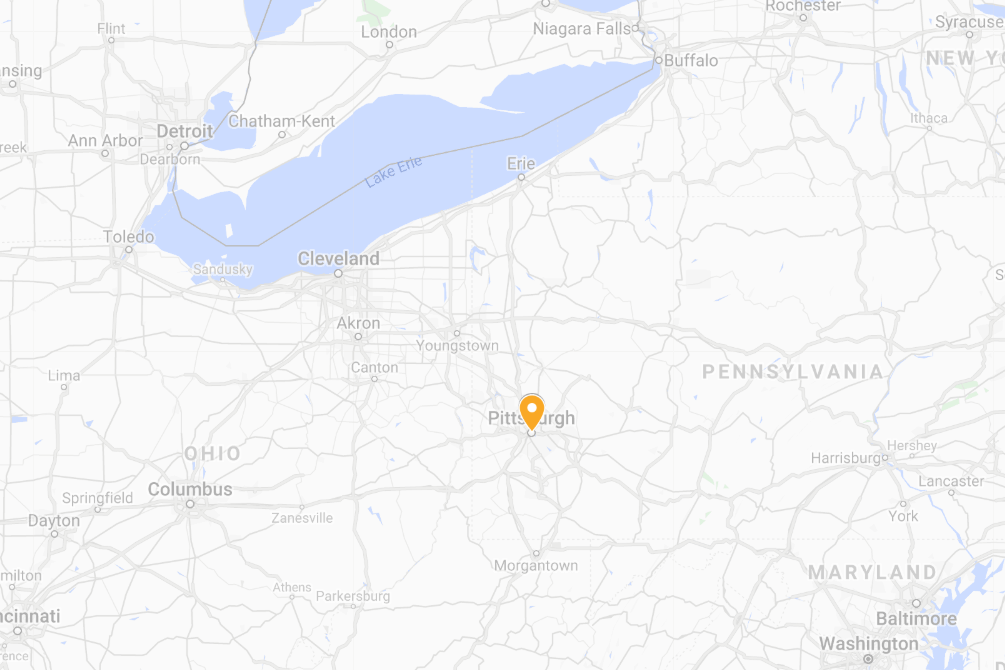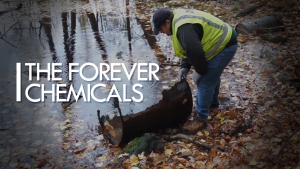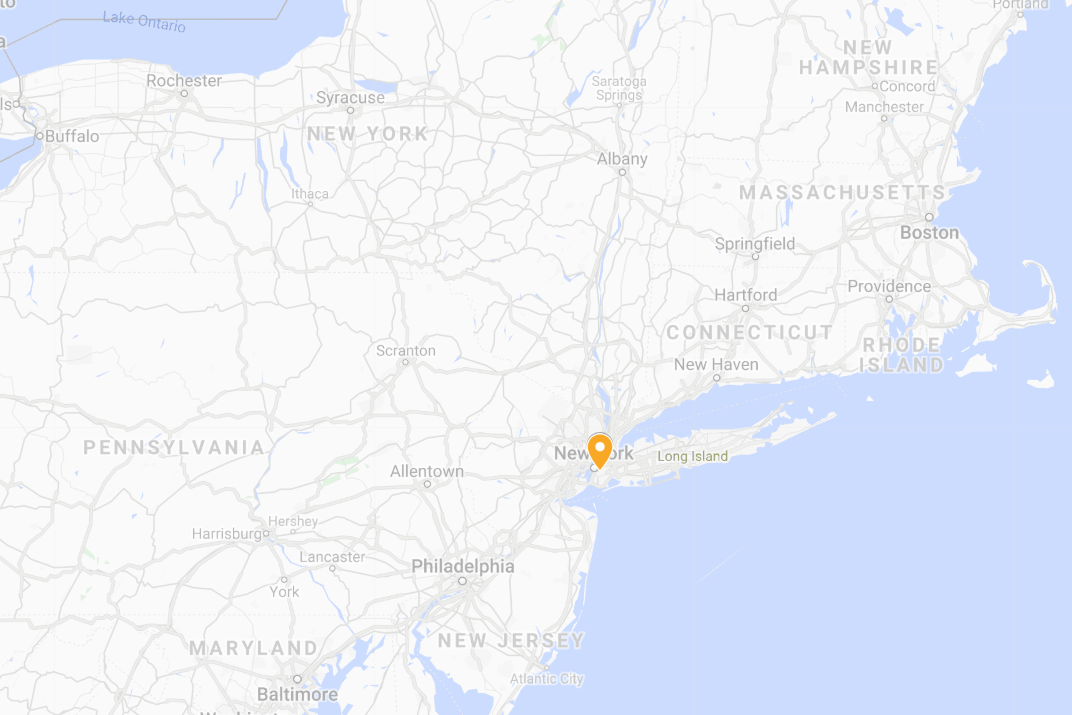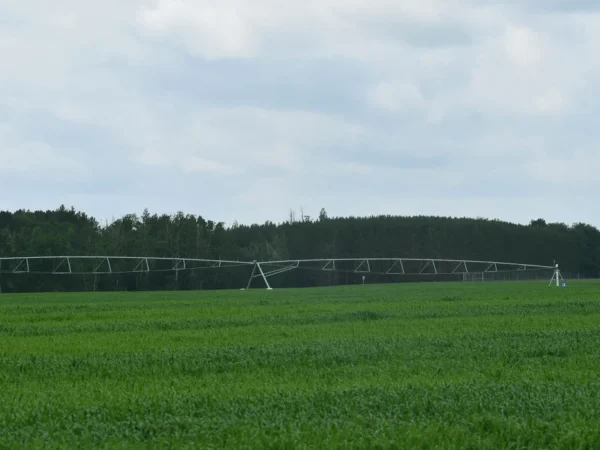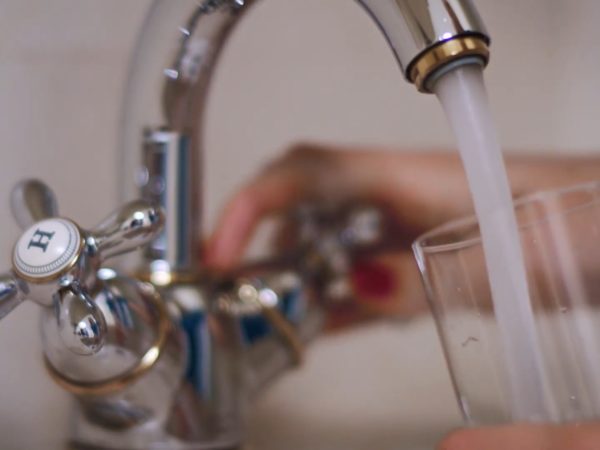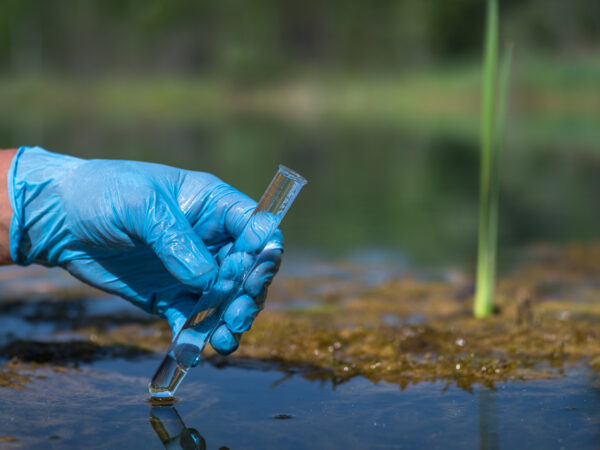
After we aired “The Forever Chemicals,” we collected questions from viewers like you. We asked Paula Gardner to answer some of these questions. Gardner is a reporter at MLive Media Group, our partner on The Forever Chemicals series, who has covered this topic closely over the past couple of years.
She answered the following audience questions:,
1. Can chemicals be removed from drinking water using an ultraviolet light? >>
2. How do I know if my drinking water is safe? >>
3. Where is PFAS water contamination besides the Huron River in southeast Michigan? >>
FROM MABYN ARMSTRONG | KINGSTON, ONTARIO
Q1. Can chemicals be removed from drinking water using an ultraviolet light?
Short Answer: No. The UV light is only good on biological contamination, so that’s not going to help you with PFAS.
But there are two types of in-home water filters that can be used with different price tags.
Here’s what MLive’s Paula Gardner had to say about them:
One uses granular-activated carbon. A whole house filter system might cost up to $18,000 to $20,000. But you can get a decent in-home filter system for your sink for about $1,000.
There are ongoing costs from changing the filters, and you have to follow the directions pretty explicitly in order to get the results you want. The reverse osmosis works with ions in the water that’s coming through it. It reverses the flow using some high pressure. And it will use about three times as much water for the same amount that’s coming back out through your tap, so your water bill will be higher.
Have a question about the PFAS chemicals and how they relate to your health, safety or water supply?
Ask Great Lakes Now your PFAS question. If we can answer it, we might loop it into our coverage so others can learn too.
Submit Your QuestionFROM MARIANNA TOULOUMES | PITTSBURGH, PENNSYLVANIA
Q2. How do I know if my drinking water is safe?
Short Answer: It varies based on where you live and what source your water comes from.
Here’s how MLive’s Paula Gardner explained it:
Depending on where you live there will be different paths to figure out what the answer is. Many municipalities had their water tested from 2013 to 2015 by the EPA, and all of those municipalities if you have 10,000 people or more they will have the results and they can provide that to you if they haven’t already.
If you are on a well system, you’re really on your own. And if you live in an area of contamination or if you just want some peace of mind, you might want to have your well tested by yourself. That could cost $300 to $500. There are a lot of testing requests pending right now, and lab results are taking probably taking 2 to 3 months for the average person.
Watch “The Forever Chemicals” Program >>
Dive into Great Lakes Now’s 27-minute documentary about Michigan’s next water crisis.
FROM DAIDRIA GRAYSON | BROOKLYN, NEW YORK
Q3. Where is PFAS water contamination besides the Huron River in southeast Michigan?
Short Answer: Everywhere
Paula Gardner, from MLive Media Group, has been reporting on PFAS contamination. Here’s how she answered:
Many of us actually have PFAS in our homes, and that’s because it’s found in everyday consumer products, so anything that you have in your home that is meant to repel water or stains, that indicates the use of some sort of PFAS.
There is a lot of attention in the scientific community and in the health community to determining which other PFAS may be causing adverse health risk to humans.
If you’re looking for sites that are being investigated in Michigan, check out the state’s website. The US Environmental Protection Agency also has a list of PFAS-related resources for every state.
Here are some of the headlines from news stories about PFAS contamination from around the world. >>





